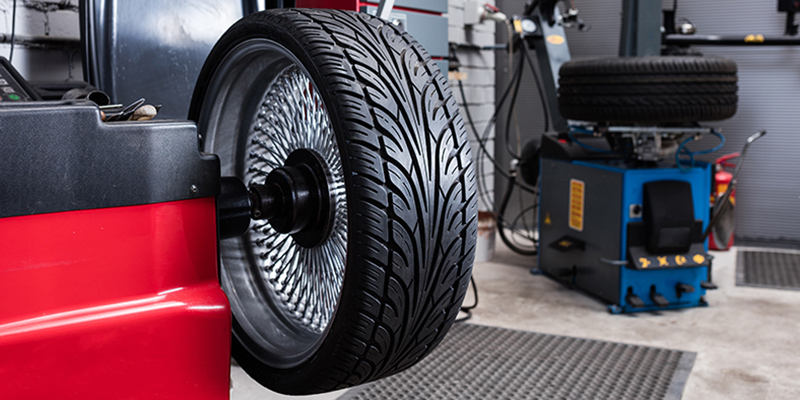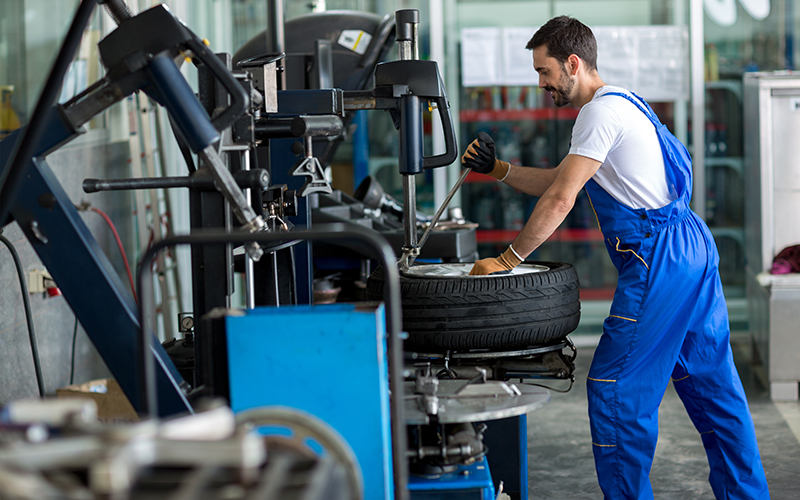
Among the many procedures that aid the performance of car tires, few are as talked about as tire balancing (also known as wheel balancing). However, this doesn’t mean that people know everything about wheel balancing, or that what they know is correct and complete information. If you want to know more about wheel balancing and how it could improve your tire’s performance, this blog is just what you want to read. So, if you need to get it done for your car’s tires, get in touch with tyres Dubai shop.
What Is Wheel Balancing?
Wheel balancing, simply put, is a process where the weight of a tire and wheel assembly is balanced in order to enable it to travel evenly at very high speeds. In this process, a mounted wheel and tire are put on a balancer. The balancer then centers the wheel and proceeds to spin it. This process helps us determine where exactly should the weights go. The purpose of this whole exercise is to ensure that there is an equal distribution of weight across all 4 tires and wheels. As a result of wheel balancing, a wheel’s heavy and light spots are evened out. This process, though, can only be executed by professionals.

Why Do You Need to Do Wheel Balancing?
An unbalanced tire can become the cause of uneven wear and tear of your tyres. This can in turn aid in the creation of risky driving conditions. Irrespective of the type of vehicle you drive, wheel balancing is crucial. Some of the biggest benefits of wheel balancing are as follows:
- Wheel balancing makes driving safer and ensures that you enjoy a smooth ride.
- Wheel balancing helps to slow down the wear and tear on tires.
- It eliminates unpleasant vibrations which in turn improves the suspension and gives you more steering control over the vehicle.
- Balancing your wheels in advance could save your tires from bigger complications in the future. It saves both time and money.
- Wheel balancing reduces your fuel consumption and helps you save on fuel costs.

When and How Often Should Wheel Balancing Be Done?
An unbalance in tires is generally noticed only when it happens in the front tires as the vibrations from the front tires are experienced by the driver through the steering wheel. However, the back tires are equally susceptible to unbalance, even though they may not be as noticeable. It is advisable to balance a new tire upon its installation.
Unless you live in a parallel world where you could drive at even speeds on a flat road and in straight lines for all your life, your tires would most likely suffer from uneven wear and tear. This gradual, uneven wear would result in unbalanced tires. So, you may want to balance your tires after every 5000 miles or so.
This article has provided a basic introduction to tire balancing. If you want to subject your car tires to this all-important procedure, get in touch with tire.ae, who is one of the best in UAE at performing this procedure. Happy driving!